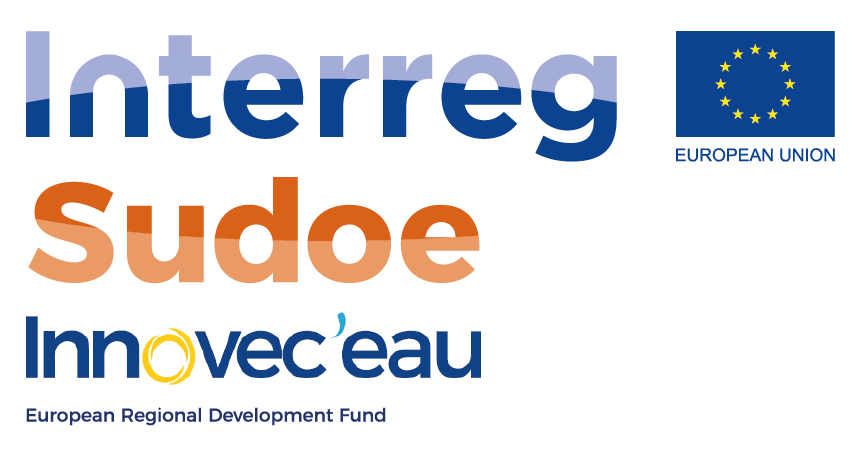Innovec'EAU
Pharmaceutical drugs waste in discharges from facilities for elderly people (retirement homes and senior homes): Risks, analysis tools and innovative and sustainable treatment processes
Challenge
Preventing water pollution is one of the main challenges facing the countries of south-western Europe. Although current legislation obliges administrations to control "priority pollutants", monitoring programmes have detected diffuse and persistent pollution by "emerging" pollutants, for which traditional purification treatments are of no use. The aim of this project is to carry out a study of wastewater discharges from the homes of elderly people in south-western Europe, and thus to install technologies for the treatment and monitoring of drug residues.
Solution
The aim of this project is to carry out a study on wastewater discharges from elderly households in south-western Europe, and thus to install technologies for the treatment and monitoring of drug residues. The aim is to develop electrochemical sensors based on nanostructured modified electrodes with immobilisation of highly specific recognition elements for sensory and diagnostic applications of drugs in discharges from senior housing facilities in the environment.
Objectives, Activities and Results expected / achieved
Expected Goals:
Development of electrochemical sensors based on modified nanostructured electrodes with improved analytical performance by testing the platforms with important drugs and in the environment.
Objectives Achieved:
The project aimed to promote innovation capabilities for smart and sustainable growth, strengthen research, technological development and innovation, in the detection of water pollution through the control of certain substances classified as "priority pollutants". It aimed to carry out a study on the discharge of wastewater from homes for the elderly located in the SUDOE space and on the installation of pilot technologies for the treatment and monitoring of pharmaceutical drugs, with the implementation of a prototype to carry out the treatment of contaminants at the source, before its dilution in the urban sanitation network. The glassy carbon electrode (GCE) and the boron-doped diamond electrode (BDDE) modified with carbon black (CB) were used due to their wide range of oxidative potential, high conductivity, chemical stability, large surface area, and being an extremely cheap material, allowing the study of the oxidation mechanisms of the pharmaceutical drugs. Vitreous carbon electrodes modified with carbon black nanomaterials (GCE-CB) were used in electrochemical studies of metformin and lercanadipine, and its metabolites, with a considerable increase in electrochemical peak currents and better detection limits when compared to GCE or BDDE clean electrodes, due to CB properties. In addition, sensor-type analysis tools and electrochemical biosensors were developed to monitor pollutant degradability online and in real time.

Project Reference
SOE1/P1/F0173Funding

Intervention Region
Portugal, Spain and FranceTotal Investment
1.082.528,10IPN Investment
59.190,96Total Eligible
1.082.528,10IPN Eligible
59.190,96EC Funding – Total
1.082.528,10EC Funding – IPN
59.190,96Duration
36 MonthsStart Date
2016-06-01End Date
2019-06-30Approval Date
2016-04-12Consortium
CIS-IUL - Centro de Investigação e de Intervenção SocialBRU-Iscte - Business Research Unit
Université de Perpignan Via Domitia (Université de Perpignan Via Domitia)
Université de Nîmes (Université de Nîmes)
University Complutense Madrid ( UCM)
Instituto Pedro Nunes (IPN)
Agencia Estatal Consejo Superior de Investigaciones Cientificas (Agencia Estatal Consejo Superior de Investigaciones Cientificas)
Institut National Polytechnique de Toulouse (Institut National Polytechnique de Toulouse)
DropSens, S.L (DropSens, S.L)
Website
https://innovec-eau.univ-perp.fr/ptKeywords
Sensors and biosensors;Electrochemistry;
Pharmaceutical drugs: health and environment.





